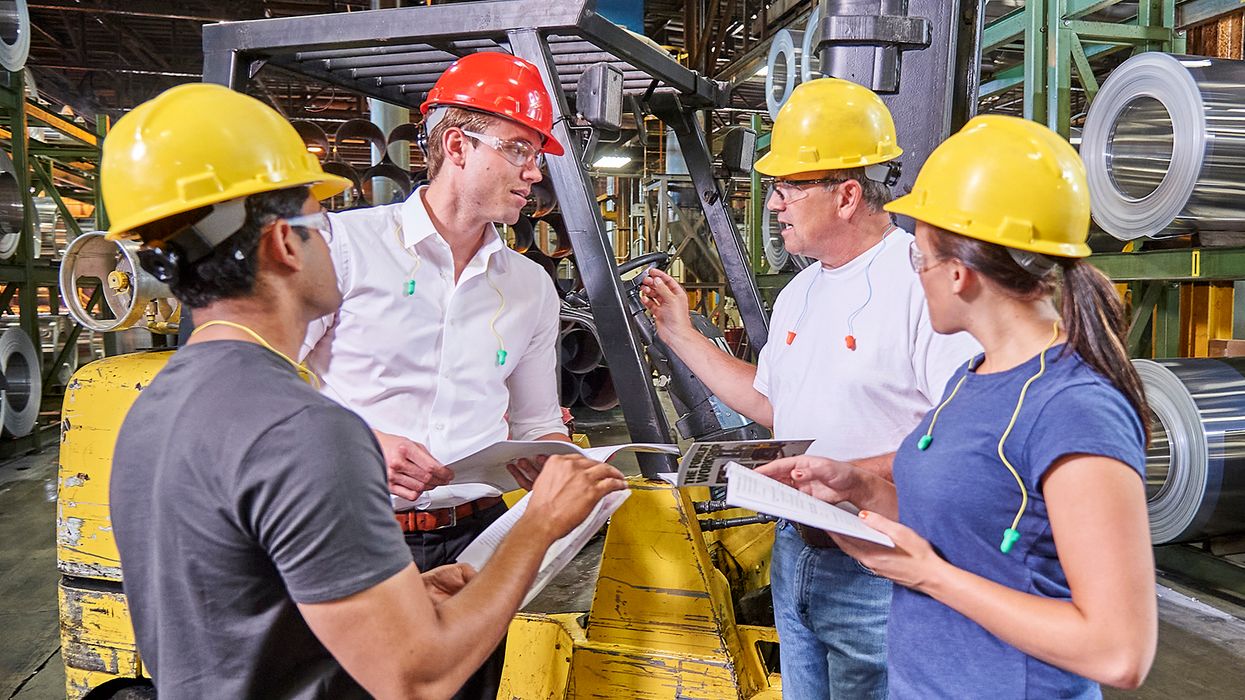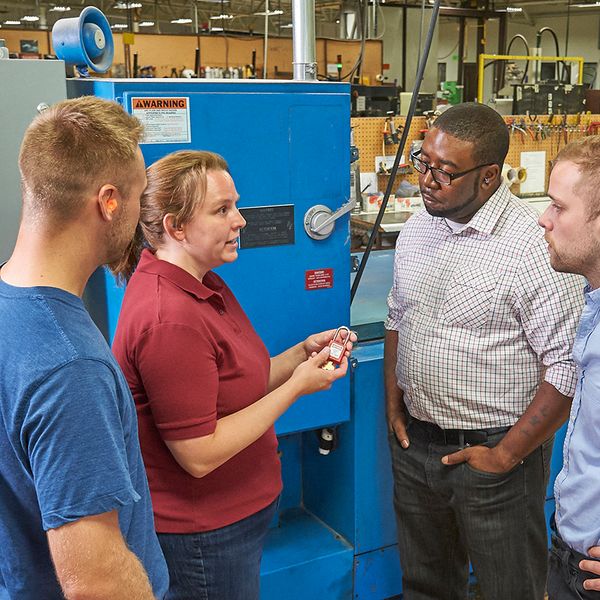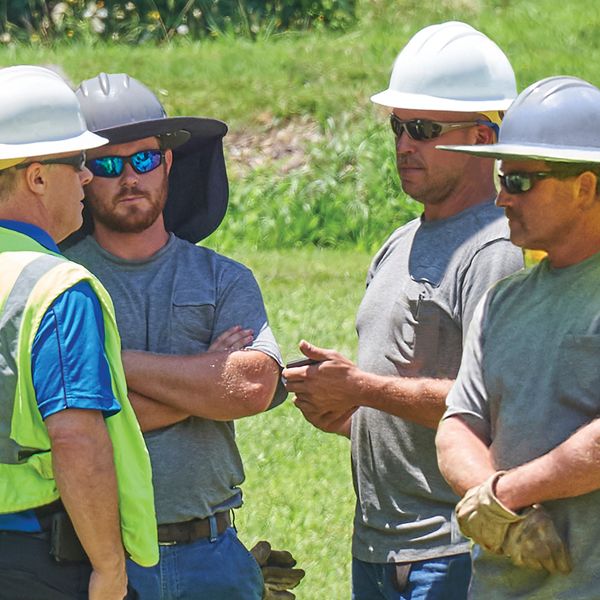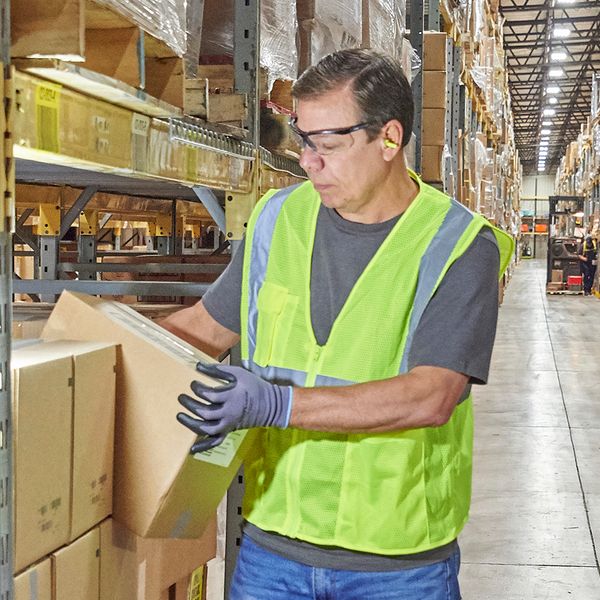Fresh faces, new risks: Protecting seasonal workers
They show up eager to work, but are they walking into danger? As businesses ramp up for the busy summer season, seasonal and temporary workers become essential to keeping operations running smoothly. Beneath the surface of the energy and fast onboarding lies serious risk. According to the Bureau of Labor Statistics, seasonal and temporary workers are about three times more likely to suffer an occupational injury or fatality compared to permanent employees.
So, why are seasonal and temporary workers more vulnerable? These workers face unique safety challenges that often put them at greater risk than their permanent counterparts. According to a report from the National Institute for Occupational Safety and Health (NIOSH), 40% of temporary workers suffer an injury within their first month on the job – a clear sign that the first days are the most dangerous. These workers are often unfamiliar with the worksite layout, equipment, and specific safety protocols. They may not receive the same training as full-time employees, especially when rushing onboarding to meet seasonal demand. Language barriers, inconsistent supervision, and pressure to “get up to speed” can also contribute to unsafe conditions. Without robust safety communication and support, seasonal employees must navigate challenges independently, which can jeopardize their well-being.
Strategies to prevent injuries
- Onboarding should start with safety - For seasonal workers, their first day on the job often sets the tone for safety compliance. That is why onboarding should begin with clear and practical safety guidance. A proper orientation should include a physical tour of their workspace, highlighting emergency exits, first-aid stations, fire extinguishers, and restricted areas. In a warehouse environment, guide new employees through busy forklift areas, showing them where it is safe to walk and where they should exercise extra caution. Ensure they receive printed or digital materials they can review later, especially if they are unfamiliar with the environment. Setting expectations will reinforce that safety is integral to the job.
- Provide hands-on, task-specific training - Injuries occur because a new worker fails to receive training on how to do a task correctly. Watching a video or reading a manual is not enough. Seasonal workers need training to perform their exact tasks safely and time to practice with supervision. In a food production facility, for instance, training might involve demonstrating how to operate a slicer safely, showing required PPE, and explaining how to shut down the machine in an emergency. Encourage them to ask questions and explain why each safety measure matters. Pairing new hires with experienced workers for the first few shifts helps build confidence while reinforcing proper habits.
- Equip and educate on PPE – PPE is only effective if it is the right type and worn correctly and consistently. Do not assume new workers have used PPE. Take the time to demonstrate how to wear, adjust, and care for PPE. In a landscaping role, for instance, workers may need eye protection, gloves, hearing protection, and steel-toe boots. Explain the purpose behind each item: “These goggles protect your eyes from flying debris when using the trimmer” is far more impactful than simply handing them a pair. Making it easy for workers to request replacements if their PPE becomes worn or damaged can reinforce that safety gear is a necessity, not a nuisance.
- Promote clear, ongoing communication - Communication is a cornerstone of workplace safety, especially for short-term workers who might hesitate to speak up. Use clear signage, safety reminders, and simple language to convey your messages. Consider bilingual training materials or multilingual posters if your workforce includes non-native English speakers. Encourage and reward employees for asking questions and reporting unsafe conditions.
- Monitor fatigue, heat, and overexertion - Seasonal roles often mean long hours, physically demanding tasks, and exposure to hot or humid environments. These conditions can lead to fatigue, heat-related illnesses, and preventable accidents. Provide regular, scheduled breaks and make hydration easy and accessible. In outdoor jobs like construction or landscaping, consider pop-up tents or shaded rest areas and educate workers on the signs of heat exhaustion and what to do if they experience symptoms. Rotating employees when possible and simply encouraging supervisors to check in with their team during hot days can go a long way in preventing serious health issues.
Even if seasonal workers are only with your company for a few weeks or months, they deserve the same protection and support as full-time employees. A robust approach to safety ensures lower injury rates, higher morale, increased productivity, and a reputation as a safe and responsible employer.
Keys to remember: Temporary does not mean disposable. Every worker is part of a team, and their safety is your responsibility.




















































